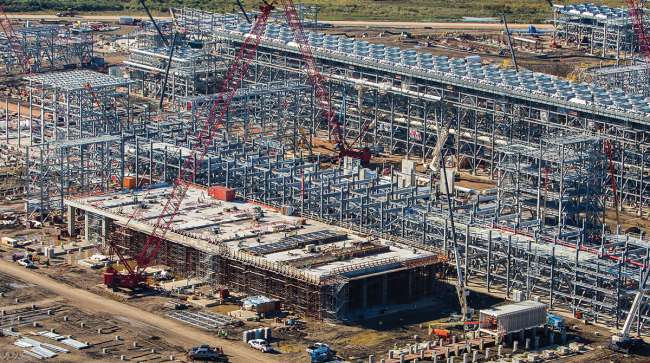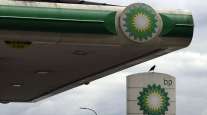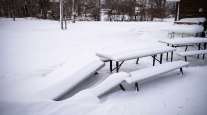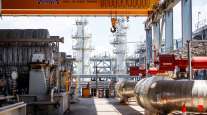San Francisco Chronicle
States Question Safety of Shipping LNG by Rail

[Stay on top of transportation news: Get TTNews in your inbox.]
The Trump administration’s plan to allow liquefied natural gas to be shipped by rail, in trains with as many as 100 tanker cars, lacks essential safeguards and exposes communities nationwide to the risk of lethal fires and explosions, representatives of California and other states said Jan. 13.
The highly flammable substance known as LNG is now transported mainly by truck. Urged by railroads and gas producers to increase the volume of lucrative shipments for both domestic and foreign consumption, President Trump issued an executive order in April to allow transportation by rail. The Department of Transportation, in regulations posted in October, found little risk of a serious accident and no significant danger to the environment.
But California, 14 other states and the District of Columbia said the proposal lacks basic safety requirements — limits on train speeds and routes, braking specifications, safety training for crews — and would put their populations “at greater risk of catastrophic accidents.”
The rule would allow LNG “to be transported through densely populated areas, potentially in unit trains of up to 100 tank cars operated by just one person, on the same rail lines used by high-speed passenger trains,” the states said in a letter to the Department of Transportation. The letter urged the department to withdraw the rule, conduct safety studies and prepare an environmental impact statement, which the department had found unnecessary.
California Attorney General Xavier Becerra said the Trump administration had “bowed to industry requests to put aside the safety of millions of Californians who live, work and attend schools near the routes of these dangerous trains.”

Becerra
Skip Elliott, administrator of the Transportation Department’s Pipeline and Hazardous Materials Safety Administration, says the regulation “will establish a safe, reliable and durable mode of transportation for LNG, while substantially increasing economic benefits and our nation’s energy competitiveness in the global market.”
Liquefied natural gas is stored at 260 degrees below zero, greatly reducing the space needed for storage and transportation. It is less polluting than coal or oil and allows efficient transportation of natural gas produced by hydraulic fracturing, or fracking.
But LNG can become a flammable and explosive gas when it becomes airborne, which could occur after an accident involving a tank car. The states’ letter noted that the National Transportation Safety Board, in critical comments on the proposed rule last month, said the trains of tank cars that would carry the LNG “have no operational or accident performance safety history.”
The safety board called for a series of protective measures, such as a 40 mph speed limit for tank cars passing through “high-threat urban areas,” including the San Francisco Bay Area, Sacramento, Los Angeles and others in California.
More criticism came from the National Association of State Fire Marshals and the International Association of Fire Fighters, which cited the lack of safety training and equipment.
The 320,000-member Fire Fighters’ Association said the Department of Transportation, while denying that the rail shipments posed a danger to the public, had issued an Emergency Response Guide saying an LNG tank fire would require immediate evacuation of 1 mile in all directions.
In comments submitted last month opposing the shipments, the association urged the federal agency to “place the safety of the public ahead of any political pressures to reduce the burdens of regulation.”
Want more news? Listen to today's daily briefing:
Distributed by Tribune Content Agency, LLC




